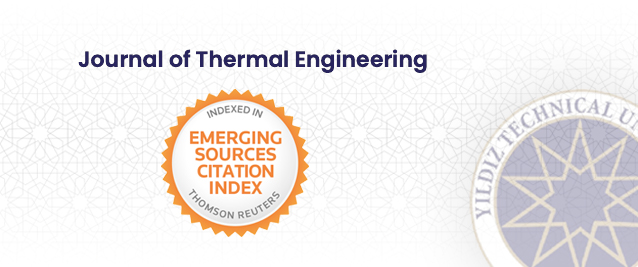2Department of Mechanical Engineering, SVKM’s NMIMS, MPSTME, Mumbai, Maharashtra, India
Abstract
Microwave hybrid heating or indirect microwave heating has been an important development in the processing of metals using microwave energy. In this method of heating, a “susceptor” is used to absorb and convert microwave energy into thermal energy which is utilized for materials processing. Few of these processing applications are sintering, joining, cladding, casting, and composite development. However, the precise selection of a susceptor for a given process is challenging and requires a thorough understanding of the microwave heating phenomenon. In addition, predicting temperature rise in a microwave cavity is a complex task. Numerical simulation can serve to solve these two significant problems. In this work, parametric simulation of microwave heating of three major susceptor materials; silicon carbide, alumina, and coal has been carried out using a multiphysics approach. Initially, a model was developed to validate the simulation procedure. The results were in good agreement with the available data in published literature. Thereafter, the effect of microwave power, position of susceptor block, and time of irradiation on temperature rise in these materials were investigated. On comparing these susceptor blocks after altering the parametric combinations, coal exhibited the formation of hot spots and uneven temperature field with a maximum temperature of 901OC. On the contrary, the temperature attained in silicon carbide (529OC) and alumina (616OC) were lower but distributed in a relatively uniform field across the block. Regression models have also been built to correlate maximum temperature achieved with the parametric variation of parameters. It has been found that microwave power and the time of microwave irradiation have a significant coactive effect on the maximum temperature reached by the material. While the rise in the position of the susceptor block from the base leads to an adverse effect on the temperature rise. The study demonstrates that indirect microwave heating can be harnessed using the proper selection of susceptors as per the temperature requirement of the process. The regression models can be used for the accurate prediction of temperature attainment for given power input, position, and time.























